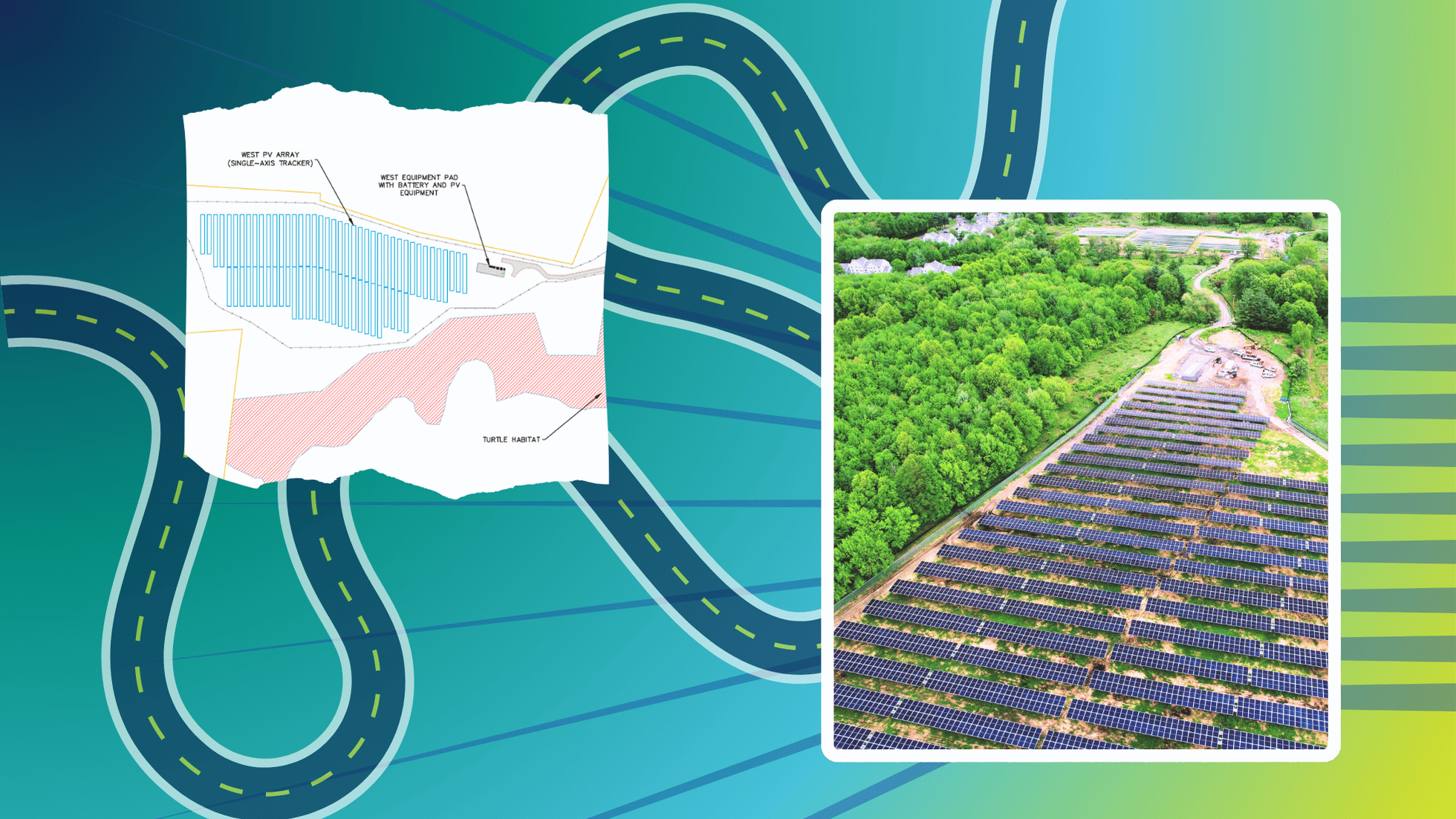Building Solar and Storage through Community Engagement: Lessons from the Field

At PureSky Energy, our mission is simple but ambitious: bring clean, affordable energy to communities while ensuring our projects are embraced as local assets. We build, own, and operate community solar farms and energy storage systems across the U.S., but the real key to success isn’t just technology or financing—it’s people.
Community engagement
is at the heart of every solar farm we build. Whether it’s a 5 MW solar farm in Massachusetts or a battery energy storage system (BESS) designed to support the grid during heat waves, our experience has shown that success hinges on collaboration with residents, local officials, and stakeholders from the very start.
The Challenge of Local Buy-In
Solar farms bring undeniable benefits—lower energy costs, cleaner air, and enhanced grid resilience. Yet even the most well-designed projects can face resistance if communities feel left out of the process. Misunderstandings about technology, land use, and environmental impact can stall or derail development.
For example, in Hampshire County, Massachusetts, we developed the Fort River Solar Project, a 6.5 MW DC solar array paired with a 3.5 MWh battery. The technical side was straightforward. The human side? That took patience, transparency, and 20 months of active conversation.
A Real-World Case: Fort River Solar
The Fort River Solar project required 11 formal meetings with the local Conservation Committee before we reached consensus. The conversations were not always easy. Early on, battery energy storage raised concerns—especially after several high-profile media reports about fires at other facilities.
We learned quickly that listening is as important as explaining. We didn’t push past concerns. Instead, we invited dialogue, adjusted our plans, and added safeguards such as spill containment systems. Our engineers walked residents and other stakeholders through the safety features, the fire suppression measures, and the ways the system would be monitored in real-time.
By the time we reached the final approval in June 2025, the project looked different from our first proposal—not because we compromised on performance, but because we collaborated to address community priorities.
The Anatomy of Effective Community Engagement
From this and many other projects, we’ve distilled a few guiding principles:
1. Engage Early, and Keep Showing Up
Waiting until a permit hearing to introduce a project is too late. We start conversations as soon as we have a viable site, making sure neighbors hear about it from us first—not through rumors or headlines.
2. Be Transparent About Risks and Solutions
Communities deserve honesty about potential downsides, such as the rare but real risk of battery fires. By pairing that honesty with concrete safety measures and real-world examples of successful operations, we build credibility.
3. Bring the Right Experts to the Table
Sometimes the best voice in the room isn’t ours. In Fort River, independent engineers and fire safety specialists explained technical issues more persuasively than any brochure could.
4. Adapt and Compromise Where Possible
In Hampshire County, we temporarily removed the battery component to address concerns, reintroduced it later with stronger safeguards, and ultimately earned approval. Flexibility preserved the relationship—and the project.
5. Stay Connected After the Ribbon Cutting
Engagement doesn’t end when the farm is built. Ongoing communication keeps trust alive, ensuring communities see us as long-term partners, not just developers who disappear.
Why Storage Matters—and Why Communities Care
Battery Energy Storage Systems (BESS) are increasingly critical for renewable energy reliability. They store excess power when the sun is shining and release it when demand spikes—often during heat waves or unexpected grid failures.
Our strategy is to oversize projects so batteries can supply energy during scarcity events. This not only increases revenue but also supports the broader grid when it’s under stress. In New York and Massachusetts alone, PureSky operates eight solar-plus-storage projects with a combined capacity of 49 MWh, participating in dozens of scarcity events each year.
But to bring storage into communities, we have to explain the value in everyday terms: keeping lights on during a blackout, reducing strain during sweltering summers, and enabling more renewable power on the grid without sacrificing reliability.
Building More Than Solar Farms
When done right, community engagement transforms projects from “industrial developments” into local points of pride. At PureSky, our 50+ active or under-construction projects are the result of thousands of conversations, site visits, and public meetings.
The benefits ripple out:
- Local savings — Our customers collectively save over $5 million annually on electricity bills.
- Economic impact — Construction and maintenance create local jobs and tax revenue.
- Environmental gains — Cleaner air and reduced carbon emissions benefit everyone, whether or not they subscribe to community solar.
- These outcomes don’t happen by accident—they’re built on a foundation of trust.
The Long Game
Building a solar farm isn’t just about installing panels and connecting them to the grid. It’s about earning a place in the community’s vision for its own future. That takes time. The Fort River project’s journey from initial approval to final completion will span over four years. Delays are normal. But when communities are genuinely involved, those delays don’t turn into dead ends.
Our advice to other developers is simple:
- Measure timelines in relationships, not just months.
- See every meeting not as a hurdle, but as an opportunity to build understanding.
- Be willing to return to the drawing board when needed.
The extra effort pays off in smoother approvals, stronger local support, and projects that stand the test of time.
Moving Forward Together
As the U.S. transitions toward cleaner energy, the need for solar farms and storage will only grow. But growth will only be sustainable if communities feel ownership over the projects in their backyards.
At PureSky Energy, we believe the future of renewable energy is not just powered by sunlight—it’s powered by trust, collaboration, and a shared commitment to building something better, together.




